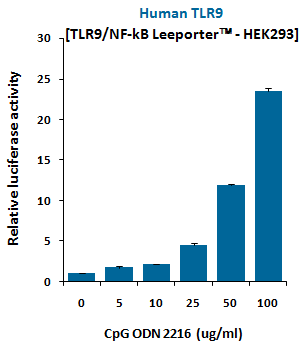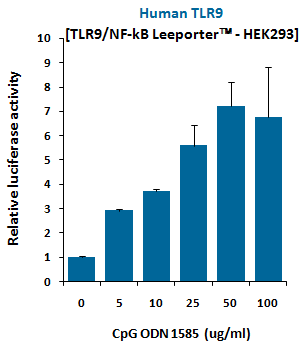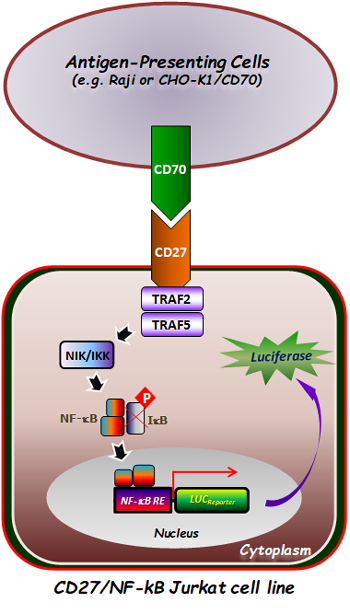Recombinant Rat sRANK Ligand(Discontinued)
Shipping Info:
For estimated delivery dates, please contact us at [email protected]
| Amount : | 10 µg |
| Purification : | Purity:>= 98% by SDS-PAGE gel and HPLC analyses. |
| Content : | This recombinant protein is supplied in lyophilized form. |
| AA sequence : | PAMMEGSWLD VARRGKPEAQ PFAHLTINAA DIPSGSHKVS LSSWYHDRGW AKISNMTLSN GKLRVNQDGF YYLYANICFR HHETSGSVPA DYLQLMVYVV KTSIKIPSSH NLMKGGSTKN WSGNSEFHFY SINVGGFFKL RAGEEISVQV SNPSLLDPDQ DATYFGAFKV QDID |
| Alternative Name : | soluble Receptor Activator of NF-kB Ligand, TNFSF11, TRANCE (TNF-related activation-induced cytokine), OPGL, ODF (Osteoclast differentiation factor) |
Source:E.coliRANKL and RANK are members of the TNF superfamily of ligands and receptors that play an important role in the regulation of specific immunity and bone turnover. RANK (receptor) was originally identified as a dendritic cell-membrane protein, which, by interacting with RANKL, augments the ability of dendritic cells. These dendritic cells then stimulate naïve T-cell proliferation in a mixed lymphocyte reaction, promote the survival of RANK+ T-cells, and regulate T-cell-dependent immune response. RANKL, which is expressed in a variety of cells, including osteoblasts, fibroblasts, activated T-cells and bone marrow stromal cells, is also capable of interacting with a decoy receptor called OPG. Binding of soluble OPG to sRANKL inhibits osteoclastogenesis by interrupting the signaling between stromal cells and osteoclastic progenitor cells, thereby leading to excess accumulation of bone and cartilage. Recombinant Rat sRANKL is a 19.4 kDa polypeptide comprising the TNF homologous region of RANKL (174 amino acid residues).
Determined by its ability to induce NF-kB in RAW264.7 cells in the absence of any cross-linking. The expected ED50for this effect is 10.0-25.0 ng/ml.
For Research Use Only. Not for use in diagnostic/therapeutics procedures.
|
There are currently no product reviews
|






















.png)










